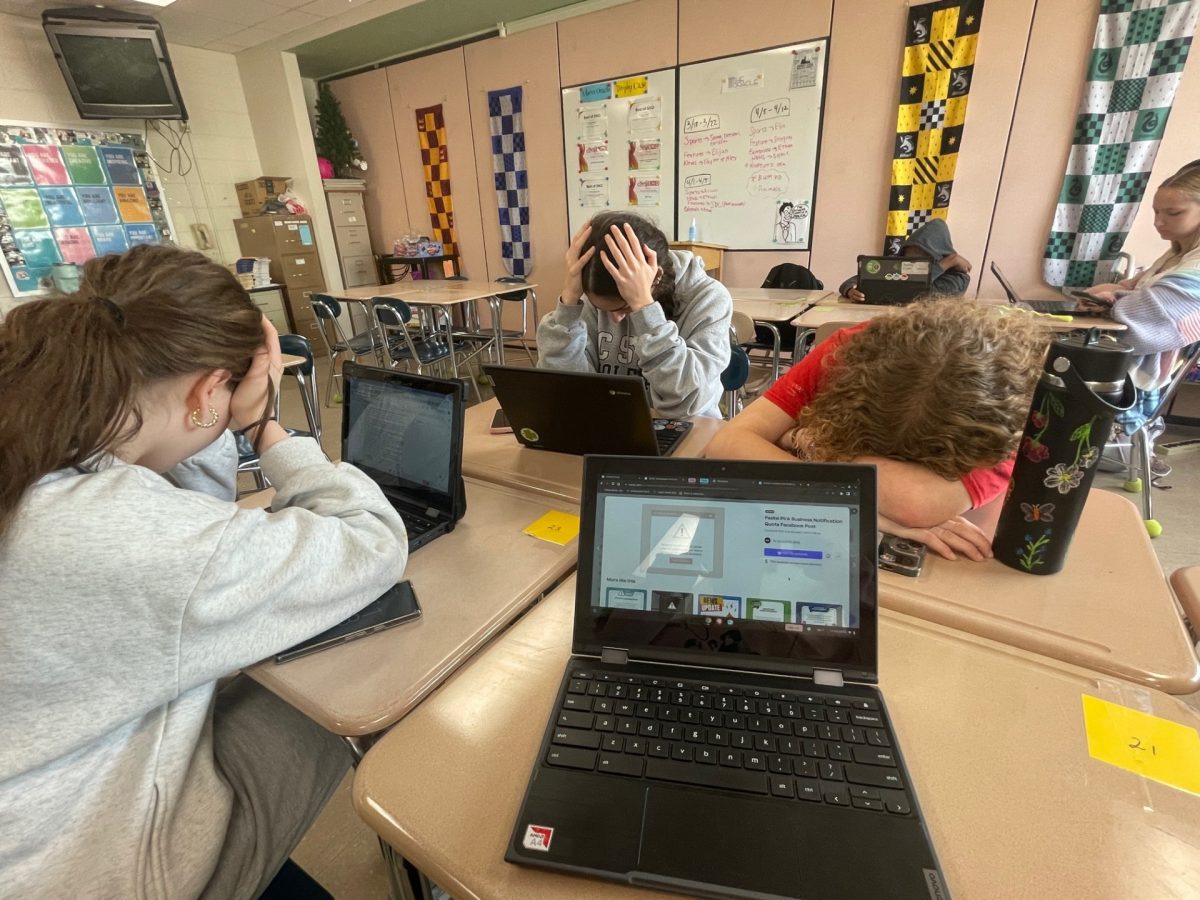Queens, New York, in 1964 a woman named Kitty Genovese was raped and stabbed to death on a public street. That fact alone is news but along with that, about 40 bystanders watched as she was killed and raped, and did not interject. This became a very famous case of the bystander effect. Genovese was driving home from work and parked in a lot at a train station, running into her killer Winston Moseley. Genovese was walking home when Moseley caught up to her and stabbed her twice in the back. She screamed and cried for help and many lights went on in the apartment building they were outside of.
People looked out of their windows and even one man yelled down to Genovese and tried to scare Moseley off. Moseley then brought Genovese into an alley where he stabbed her twelve more times and then raped her. Her screams continued and people looked out to see what was happening, but did not get involved.
“If you are the only one around, you are more likely to intervene because you are going to assume responsibility,” said Michael Robbins, a psychology teacher at Athens Drive High School. “If there are several people around, then you are not going to take responsibility because you think that someone else is going to take care of it.”
The bystander effect, or bystander apathy, occurs when the presence of several people, discourages an individual to intervene or step up to help in an emergency situation.
The use of technology has also separated individuals from face to face contact or social activity. Therefore, even if someone was crying out for help, if someone passing by has their headphones in, they may not hear them and even get the chance to assist.
The bystander effect is also very prevalent in the school world. Bullying is now considered a regular feature of school life. If someone is being bullied by a fellow student with a crowd of students watching, the bystanders are much less likely to intervene. People have the assumption that another will help with the problem, so it is not their responsibility. But if everyone thinks that then no one ends up helping.
“By speaking up for someone you can help change their perspective on the world and stereotypes,” said psychology teacher, Jessica Crooks.
Even in a common situation like a conflict or maybe a physical fight, bystanders are usually present and can change the outcome of the situation. If the bystanders step in and try to deescalate the situation or stand up for a victim, the bully will most likely back down. But if the bystanders watch and cheer or record the situation, the bully will get more power and continue what they are doing.
“Social influence especially in a school culture with the idea of snitching, students don’t report it [bullying] or intervene or call for help because they don’t want to be the snitch as popular culture has labeled it,” said Robbins.
Teenage bystanders in a situation of bullying most commonly do not agree with what is happening, but may be so concerned with things like getting called a snitch, that they hold back.
Another reason teens may not speak up is because they are not aware that someone needs help.
For example, if school lunch is going on and a individual is sitting at a table, while every few minutes some other students come by and put something in their hair. If someone sees this happening and they look around to see other students giggling and recording the situation, they are much less likely to alert the individual or tell the students to stop what they are doing. This is called pluralistic ignorance. Odds are, other students probably felt bad about the situation and wanted to say something but looked around as well and saw that their peers were going along with it, so they did as well.
“Anyone and everyone is going to feel they’re better than someone else and that that gives them the right to bully others. It’s hard to change that and impossible to control people but what matters is what you do about it and how you help the situation,” said Cecelia Travis, a freshman at Athens Drive.
Some other examples of the bystander effect are in sororities and fraternities.They commonly use hazing to allow new members in. Even things like talking behind an individual’s back has to do with the bystander effect. Teens experience new hormones and feelings and may feel the need to let them out by talking negatively about someone to another. This can put people in a difficult position and make them less likely to stand up for someone.
“I think it’s common for teenage girls to want to gossip or trash other girls, it’s a true sign of maturity when you decide to build someone up not tear them down,” said Crooks.




